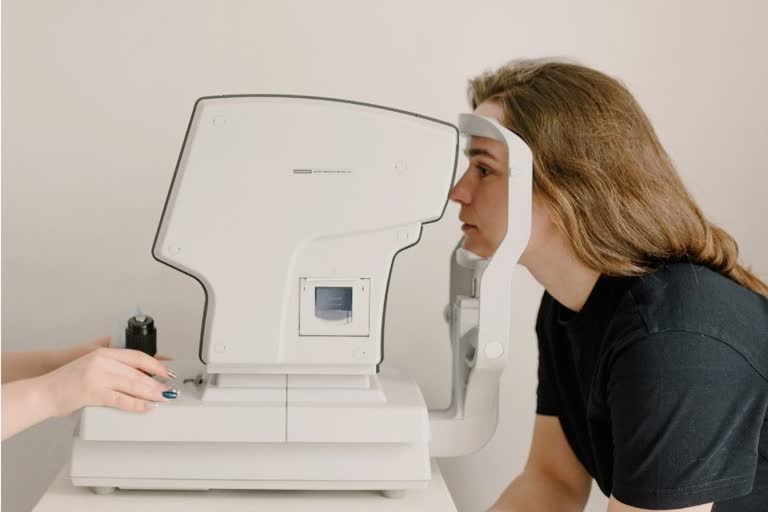Age-related Macular Degeneration (AMD) is a chronic, progressive retinal disease and is also the leading cause of vision loss in those aged 60 years or older, making early detection and disease management vital. This World Retina Day, it is time to recognise the signs and symptoms early on, so care can be sought before the disease progresses further, leading toirreparable vision loss.
Vishali Gupta, vitreo-retina and uvea expert, said, "In India, the burden of retinal diseases is on the rise. Wet AMD, a retinal disease, cannot be prevented as it is related to the process of ageing. Many times patients with AMD may develop abnormal new vessels that require regular injections in the eye, regular follow-ups and treatment adherence. With the pandemic, we witnessed a disruption in retinal healthcare, as many were unable to receive injections or laser treatment in time and this led to patients reaching us at advanced stages of the diseases which require complex surgeries. However, as doctors, we are trying our best to avoid severe vision loss amongst patients."
The pandemic has led to delays in screenings as well as routine retina care. This compounded the problem, with patients approaching specialists at more advanced stages of the disease. Moreover, work-from-home routines have also led tosedentary lifestyles, worsened diet and stress levels, which further contribute to health issues. Raising awareness and scaling technology solutions can be vital to simplify screening, so people can easily understand if they are experiencing visual distortions and consult an ophthalmologist accordingly.
Three signs you should get your eyes checked for AMD:
Age-risk for AMD
As the name suggests, age-related macular degeneration is linked to a particular age group. It primarily affects people aged 50 or older.
You may also be likely to develop AMD if you have a family history of the condition (observed in a parent, child or sibling).
There are also several controllable risk factors that can heighten disease risk, including smoking,obesity, excessive consumption of foods that are high in saturated fat, orhypertension(high blood pressure), especially if uncontrolled. Heart disease and high cholesterol levels make you susceptible to a greater risk of AMD.
Experiencing the following symptoms
Typical wet-AMD symptoms include reduced central vision, blurry or hazy vision, a dark spot in your field of vision, and distortion of straight lines. These symptoms tend to rapidly worsen over time. Often, these visual problems can result in difficulty recognizing faces or adapting to a dimly lit room, while also needing brighter light (while reading) and having a decreased sense of colour brightness. With AMD, you may even look at a clock and only see the numbers and not the hands, as your peripheral vision can remain undisturbed.
With wet AMD, many people do not notice the condition until their symptoms are prolonged, such as when their vision is extremely blurry. This makes it crucial to consult your doctor or visit an ophthalmologist immediately. With simple home self-tests, early-stage AMD screening can be facilitated.
For instance, you can easily test your vision with the Amsler Grid, which is available on smartphones to identify any potential visual distortions. With timely screening, the disease can be managed more effectively.
As you age, you are more prone to falls
Often, signs of AMD can be ignored and attributed to signs of ageing instead. However, it is vital not to neglect such symptoms. Due to its symptoms of vision loss, AMD is also significantly associated with an increased risk of falls and other injuries. If you are experiencing any other visual distortions and are becoming more prone to falls, it's important to visit a doctor.
Raja Narayanan, General Secretary at Vitreo Retina Society of India commented, "While wet AMD is not completely preventable, it can be prolonged and managed. Screening is essential for early disease detection, which enables effective treatment. There are various emerging advancements being observed across the field of retinal diseases. For instance, fundus cameras are now available, which can be used, even by physicians, to photograph areas of the eye, including the retina and macula, without dilating the pupils. Such advancements showcase the efforts being made towards overcoming barriers to diagnosis and care in India, so patients can be better supported."
By detecting AMD early on, you can seek effective treatment for the condition and avoid the preventable consequence of vision loss.
Also Read:'Love Your Eyes' Now, More Than Ever!
